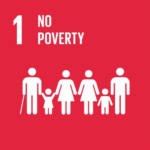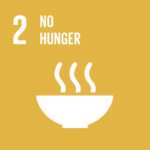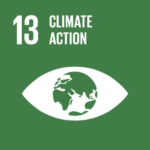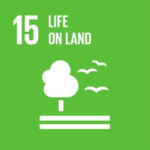ENVIRONMENT | EDUCATION | EMPOWERMENT
Trees are the key to solving so many of the world’s problems, not just climate chaos. They are crucial ingredients for a healthy environment and every living, breathing inhabitant of our planet. They allow biodiversity to flourish in areas that have previously been degraded by deforestation and bad management, manufacture precious oxygen, clean the air that we breathe and give new habitat for wildlife. They help to maintain high levels of organic matter for the soil and provide protection their roots systems, help to improve the soil’s ability to absorb and retain water. Their very existence will give protection against wind and harsh weather conditions. Tree canopy cover lets little light in, helping to lower the temperature in a forested area, and any trees planted near waterways will help prevent soil erosion as their roots keep soil from washing away, helping to lessen any flood damage.
The crops from the trees also provide the communities with a range of commodities: nutritious fruits, nuts and other foodstuffs, medicine, building materials and more. Collectively – and when combined with education – they have the power to alleviate poverty and hunger. In Kenya essential employment is also created by collecting the seeds, and nurturing the next generation of saplings in nurseries until they are ready to be sold and planted.
Kenya
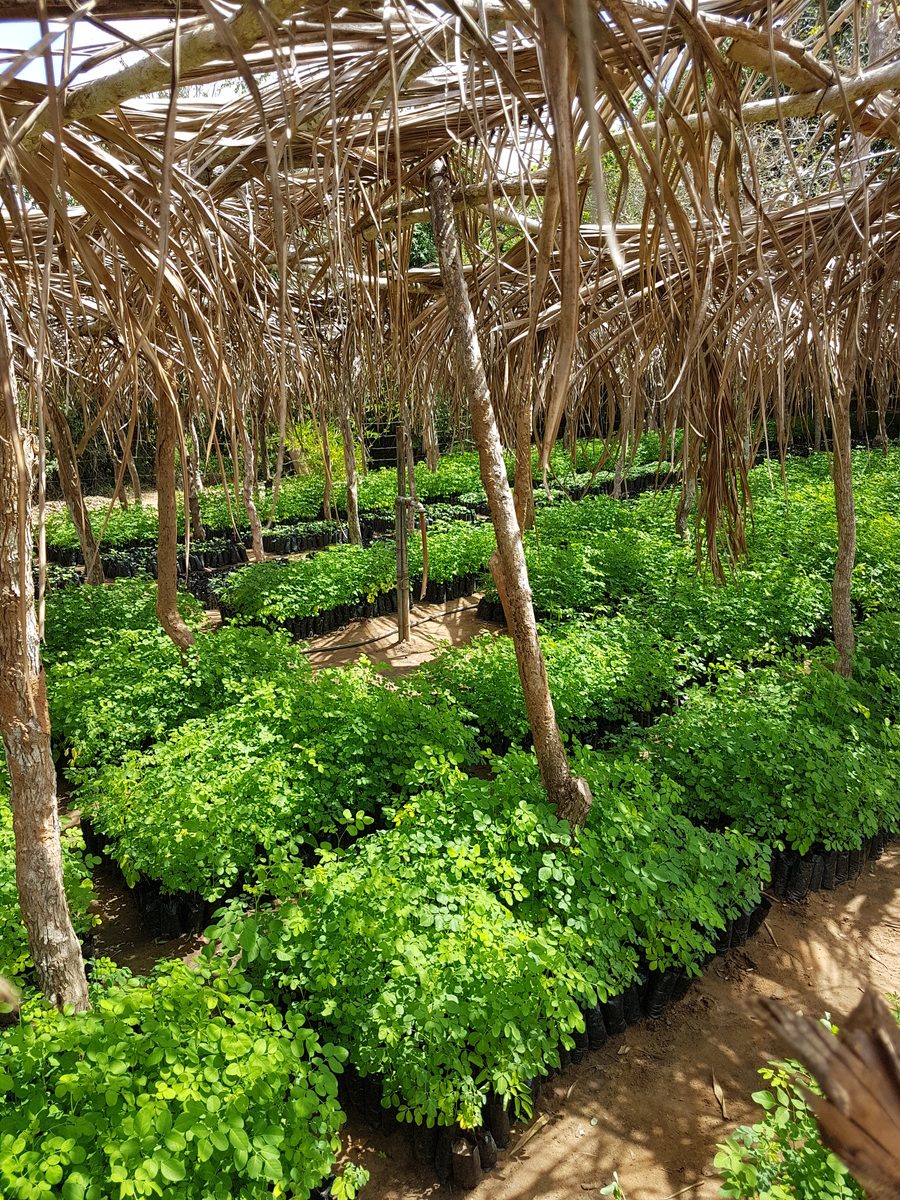 Kenya is incredibly vulnerable to climate change. The current projections suggest that its temperature will rise by up to 2.5ºC between 2000 and 2050. This could render some areas entirely unsustainable for life. At the other end of the weather scale, rainfall will become more intense and be far less predictable. Extreme weather conditions, including record-breaking heat, drought and flooding are changing this tropical landscape as desertification continues to creep in and make its presence felt. Pestilence has taken its toll over the last year too. East Africa has suffered two major locust infestations with swarms measuring 60km x 40km. They decimated maize, the staple crop that keeps most Kenyans alive: global warming was cited as the creator of conditions for this perfect storm.
Kenya is incredibly vulnerable to climate change. The current projections suggest that its temperature will rise by up to 2.5ºC between 2000 and 2050. This could render some areas entirely unsustainable for life. At the other end of the weather scale, rainfall will become more intense and be far less predictable. Extreme weather conditions, including record-breaking heat, drought and flooding are changing this tropical landscape as desertification continues to creep in and make its presence felt. Pestilence has taken its toll over the last year too. East Africa has suffered two major locust infestations with swarms measuring 60km x 40km. They decimated maize, the staple crop that keeps most Kenyans alive: global warming was cited as the creator of conditions for this perfect storm.
Planting trees in Kenya – en masse – is one of the only ways we’re going to be able to mitigate extreme weather related disasters. The tropical conditions, at 3 degrees south of the equator, helps the trees grow up to 10 times faster than anywhere else on the planet – tremendous for mitigating climate chaos. In a short number of years each new tree will have absorbed around a quarter of a tonne of CO2, and other pollutants from the atmosphere, subsequently cleaning the air we breathe all over the world.
The Word Forest Organisation believes the best way to ensure the health, well-being and protection of these new, fast-growing forests is by applying a Holistic Environmental and Humanitarian Approach. We take a community-led approach that respects and builds upon indigenous knowledge, welcomes new ideas and contributions and invites collaborative working. Investment in the tree planting communities is vital if we stand a chance of alleviating the rising tide of climate change and eradicating poverty. We don’t just plant trees, we make sure that the support is there to get the trees to maturity.
In February 2017, after 6 years of persistent drought, the Government declared Kenya was in a state of national emergency with the number of food insecure people standing at 2.7 million. There were close to 175,000 children unable to attend pre-primary and primary schools in Bore alone, primarily due to the drought’s impact, and more than 1.2 million children were in need of educational assistance.
Which is why our community led tree planting programmes in Kenya go hand in hand with building classrooms, facilitating education and women’s empowerment. For every classroom built, 4,000 trees are given to the community to plant. These are planted around the school compound or very near by, with parents, teachers and children all taking part in the tree planting process. This delivers multilayered understanding, as everyone is able to observe biodiversity flourish as they learn how to care for their adopted trees.
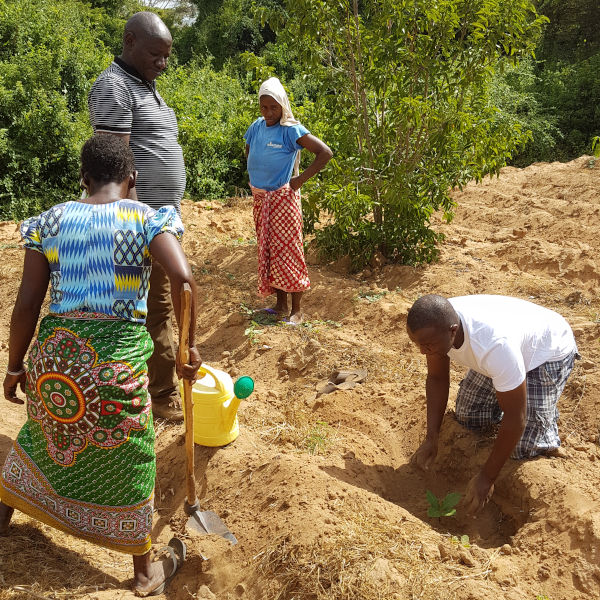
The newly planted forests include mango, cashew, neem, casuarina and moringa, with the resulting commodities being used to give classroom students nutritious meals and shared with the parents and teachers. They also give everyone shade and protection from the weather, reduce damage from flooding, provide safe habitats for wildlife, and clean the air we breathe all over the world.
The species planted are chosen by the community – they know the best trees to plant and understand what works well on their land. However, we also work with forestry experts to ensure that drought resistance and forward planning for further extremes are built into the planting schedule.
Our Legacy Tree Planting Projects also include furnishing the Mothers of The Forest with saplings every month to plant on their own sambas (homesteads) giving them their own source of fruit and nut crops. We have recently planted our first 3,000 tree Legacy Forest near Lake Victoria, and we have worked with communities in Bore, Nairobi and Lake Victoria that had surplus saplings in their nurseries giving employment to its members to get the trees in the ground, all with ongoing support to nurture the saplings into mature trees – a legacy for future generations.
With all our trees, precise GPS coordinates are collected, once the trees are planted and nicely established. Donors have high security in the knowledge that their trees are in good health and, if any die, for any reason, they are replanted.
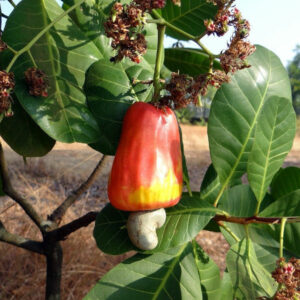
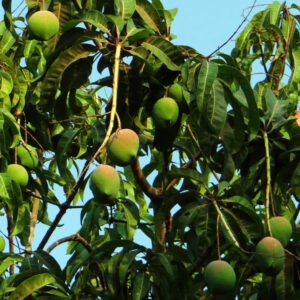
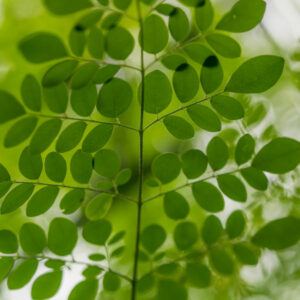
Wildlife
The trees provide safe habitats for creatures who are returning for the first time in decades. Dik-dik (the smallest of the antelope family) have returned to the forests, as have the critically endangered Clarke’s weaver birds. There have also been sightings of a herd of seven elephants, not seen in Bore for over 40 years. As have three lionesses, which were successfully relocated by the Kenyan Wildlife Service. Although biodiversity is returning, far more trees are needed if there’s to be enough space for humans and wildlife to live with less conflict.
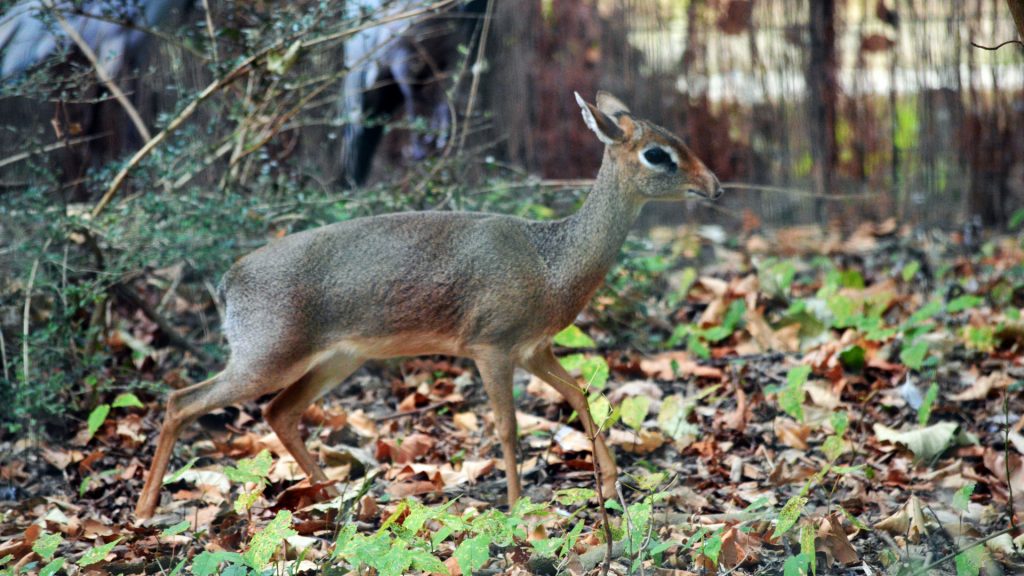
In the UK
Projects in the UK have been based in Dorset, including planting with the local council in Lyme Regis and at The Donkey Sanctuary in Sidmouth. New projects across the whole of the UK are on the horizon.
